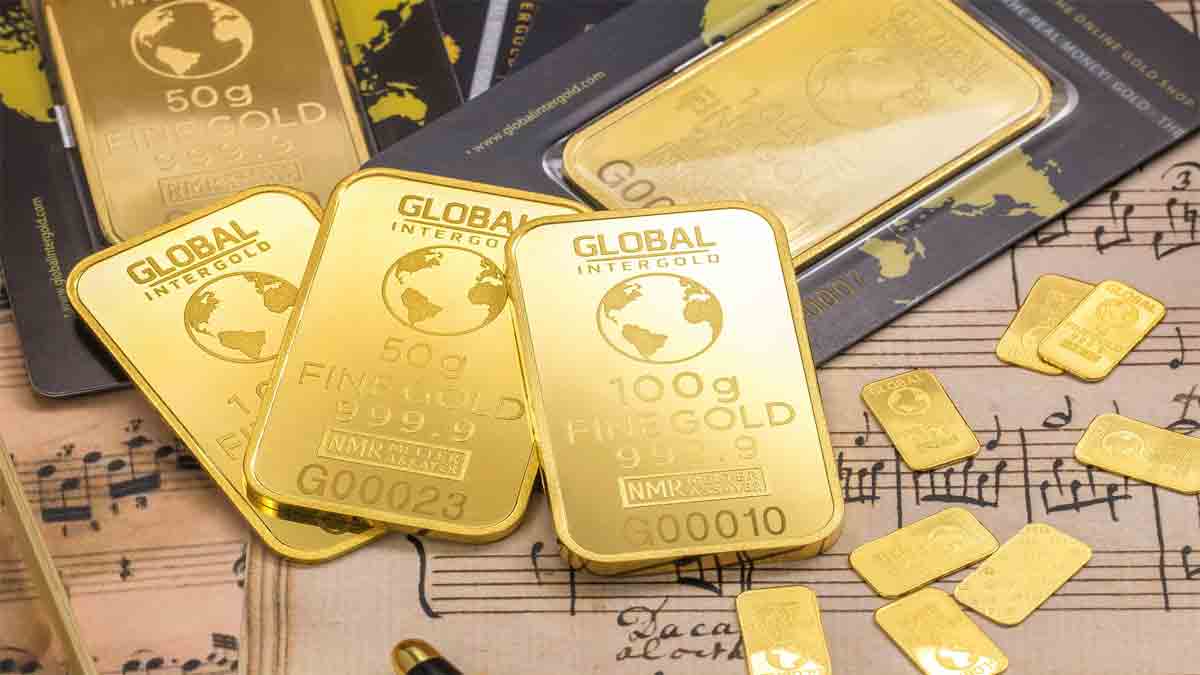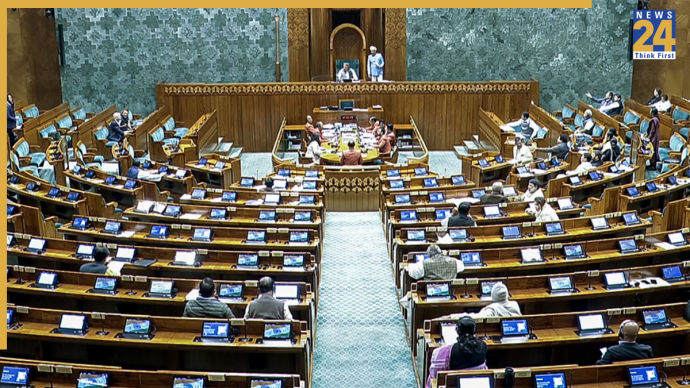As October unfolds, the glint of gold and silver in the market is catching the eye of many investors. In the first three weeks of the month (from October 1 to October 21), the price of gold has surged by INR 2,974, soaring to INR 60,693. Experts suggest that the upward trend in gold prices is poised to continue.
If you’re considering investing in gold amidst this glittering opportunity, Gold Exchange-Traded Funds (ETFs) might be your golden ticket. With returns of more than 19% in the past year, Gold ETFs are making a strong case for investors. Let’s delve into the world of Gold ETFs to understand what they offer.
What are Gold ETFs?
Gold ETFs are open-ended mutual funds intricately linked to the ever-changing prices of gold. They provide investors with the flexibility to tap into both stock and gold investments. Unlike physical gold, Gold ETFs are tradable on stock exchanges, such as BSE and NSE, akin to shares. However, it’s crucial to note that when you invest in Gold ETFs, you don’t actually receive physical gold. Instead, you’re entitled to an amount of money equivalent to the current price of gold when you decide to exit your investment.
Read More: Tired Of Long-Term Car Loan: Know How To Choose Right One During The Festive Season
Tax Implications
Similar to physical gold, a 3% Goods and Services Tax (GST) is levied when you purchase digital gold, i.e., Gold ETFs. The tax implications upon selling are also akin to those for physical gold. If you sell Gold ETFs within 3 years of purchase, the returns are considered short-term capital gains, and the profit is taxed based on your income tax slab. In the case of selling Gold ETFs after 3 years, it falls under the category of long-term capital gains, and a 20.8% tax applies.
How to Invest in Gold ETFs?
To invest in Gold ETFs, you’ll need to open a Demat account through your preferred broker. In this account, you can purchase units of Gold ETFs listed on NSE, with the corresponding amount debited from the bank account linked to your Demat account. Gold ETF units are credited to your account approximately two days after the purchase order is placed. It’s important to note that Gold ETFs are transacted solely through a trading account.
Bright Prospects for Gold
As the festive season draws near, the demand for gold and silver is expected to surge. Analysts predict that gold might ascend to INR 62,000 per 10 grams and silver to INR 78,000-80,000 per kg by Diwali. The year-end outlook for gold is equally promising, with the metal projected to reach INR 65,000, and silver INR 75 per kg by the close of 2023.
In summary, Gold ETFs are shaping up to be a valuable addition to investment portfolios, offering attractive returns and easy tradability in the gold market. As the glitter of Diwali approaches, consider this option for your financial goals.













